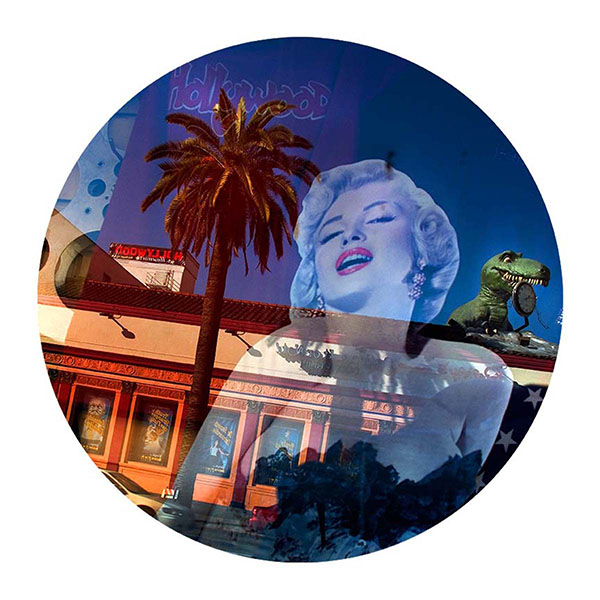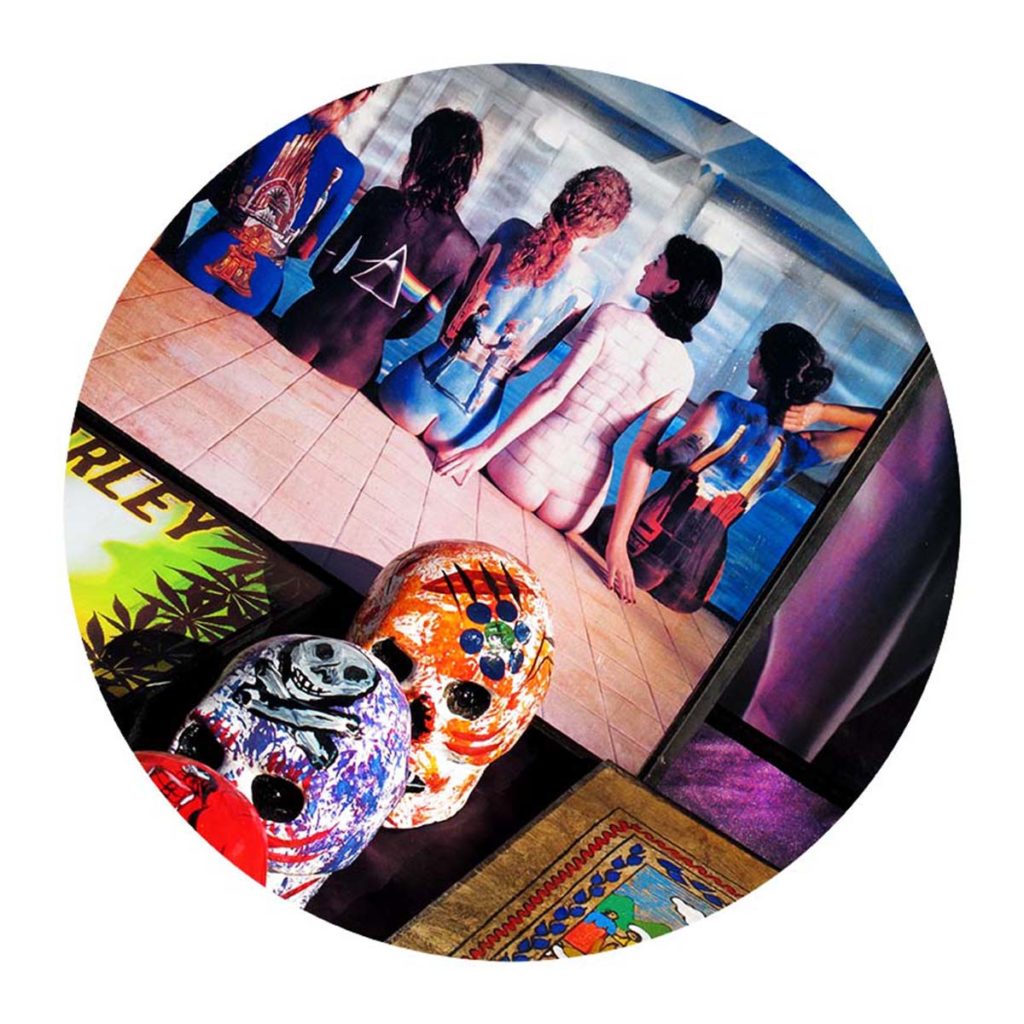The Tondo Project
- America
- International
About The Tondo Project
Several years ago, while in Venice, I was intrigued by many of the ceilings in the churches and other lavish buildings. Typically, the ceiling would have a large central painting or fresco that was either a large oval or a rectangle with softened corners. What fascinated me more, however, were the smaller images surrounding this central painting: most often four smaller circular pictures on the ceiling between the central painting and the upper corners of the room.
To my eye, these came in two broad categories: images that were intentionally painted in a circular format and others that seemed to have been lazily cropped into a circular shape but that began their artistic lives as either rectangles or squares. The differences were striking. The cropped images, for instance, called attention to their original format because of compositional techniques that required that shape. On the other hand, those that were conceived as circles used completely different compositional strategies, ones I had not fully aware of before.
Inspired by these (to me) unusual, original, and striking paintings, I decided to explore the circular format, i.e., the tondo. This led to many exciting discoveries. For instance, in the tondo format, with no corners, there was no place to “tie the composition down” to stabilize it. With no straight edges, all the 19th century ideas, like “the rule of thirds,” seemed strikingly out of place. Furthermore, by tilting the image, I erase the sense of gravity and thus the feeling of a distinct “up” or “down” in the image. These, and many other ideas, give me the opportunity to approach the world with a new, interpretive eye.


